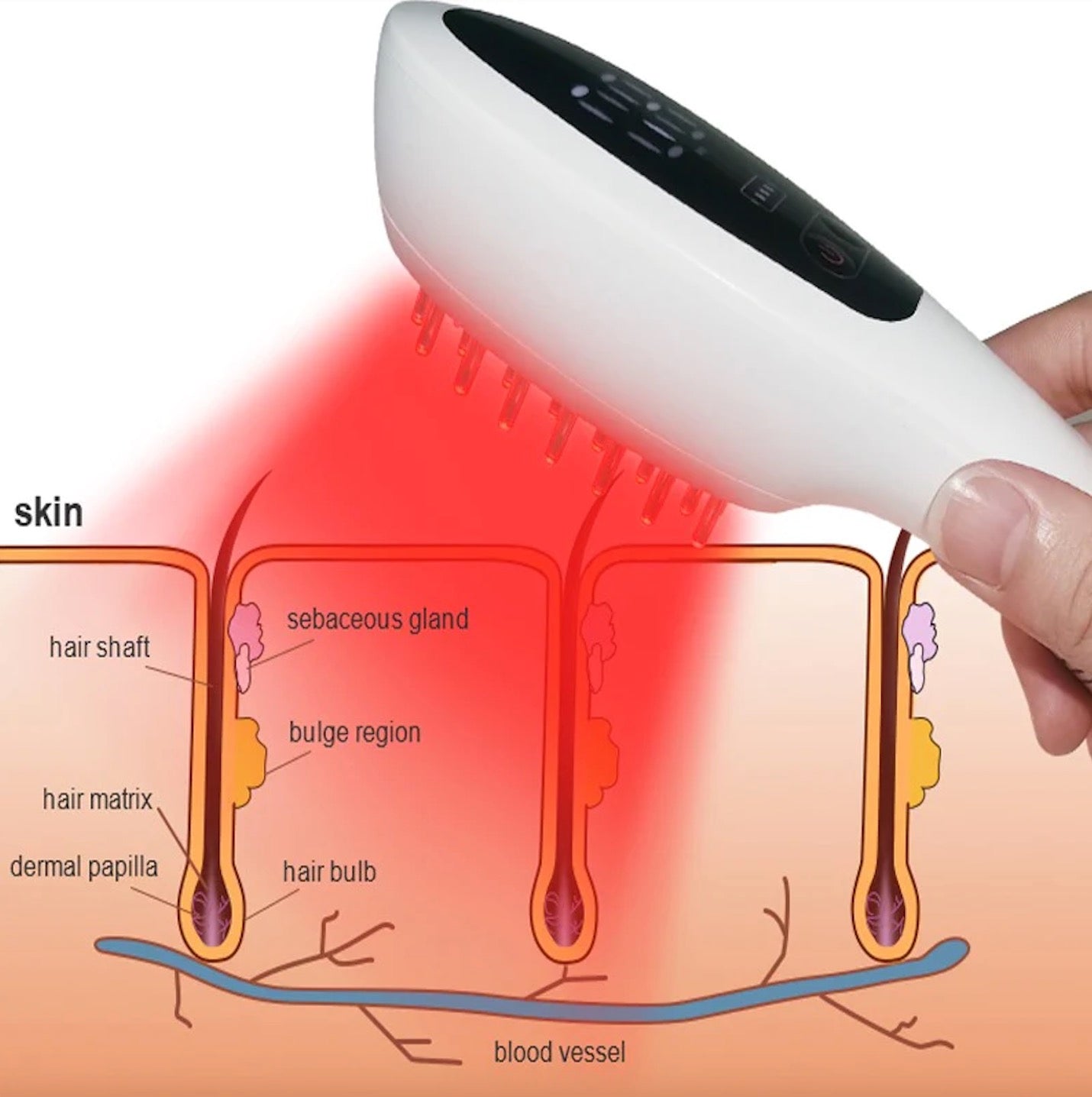The amalgamation of basic technology with healthcare has gifted us with impressive therapies! Who would have thought about using light to heal pain and depression?
As of today, researchers and doctors are taking light therapy to another level through the concept of photobiomodulation. This therapy is an extension of laser therapy that focuses the light on triggering a reaction within the cell.
These therapies accelerate the healing process through metabolic mechanisms. So, if you are interested to learn about this concept in detail, keep reading the various sections of this article.
What is Photobiomodulation?
Photobiomodulation therapy is called as low level laser or cold laser therapy uses light sources that release non-ionizing radiation, the laser light falls in the visible range, i.e., between 400 and 810 nm and is non-thermal radiation that triggers a chemical reaction in mitochondria.
The chemical changes include photochemical reactions inside the cellular structures that absorb photons and activate the process. Furthermore, the hub of these chemical reactions are mitochondria, which generate ATP units.
Additionally, the critical molecule behind the initiation of a photochemical reaction is cytochrome c oxidase, which can be activated only if light energy or photons of a particular wavelength fall on it.
Since the laser therapy works at the cellular level, it is necessary to know its side effects in the following section.
What are the Side Effects of Photobiomodulation Therapy?
Low-level laser therapy ultimately repairs several tissues in the body. With such a penetrating power, it is likely to cause some uneasiness in the patients opting for the therapy.
Moreover, scientific studies suggest that laser light therapy may not be suitable for many people because of its phototoxicity. In such a situation, people with sensitive skin and ophthalmic conditions must avoid such photobiomodulation therapy.
Furthermore, if you are on a medication involving light-sensitive drugs, then photobiomodulation could cause toxic reactions within the body.
Also, people with a history of eye sensitivity and skin cancer must consult their specialists before starting any light or radiation therapy. However, the side effects depend on the total amount of exposure to the light, which is easy to manage as per the doctor's suggestion.
How Long Does It Take Photobiomodulation to Work?
When you are trying to heal your internal system permanently, the process will not be instantaneous. However, the healing time in photobiomodulation depends on several factors like:
- Intensity of the problem
- Amount of exposure to the light
- Depth of the health issue
- Regularity and consistency of the treatment
The first and foremost rule of starting a photobiomodulation therapy is giving it adequate time to show its effects. Even though it starts the healing process from the first day, it would take multiple sessions to show permanent results.
In this case, it is necessary to understand the mechanism behind photobiomodulation therapy.
- Activate cytochrome c: Cytochrome c complex is the driver of cellular metabolism and receives the photon in the first place. It is the first molecule to get activated and start the reaction.
- Increase energy production: After activation of Cyt C oxidase, the production of ATP accelerates. That is the first healing step as damaged tissue has a slow metabolism, ultimately reducing the number of ATPs.
- ROS and NO Activity: Since reactive oxygen species (ROS) trigger inflammation, nitric oxide (NO) can bring a balance to the process. Laser stimulation enhances NO levels and slowly halts the inflammatory reactions within the body.
- Restoration: After balancing everything, the ultimate result is restoring the cell's energy balance and normal metabolism. That further ensures the healthy functioning of the cell, thereby preventing apoptosis and repairing the tissues.
Is Photobiomodulation FDA Approved?
Considering the efficacy of photobiomodulation therapy, the FDA has approved light therapy's use in pain management and relief. Additionally, its phototoxicity is being utilized for cancer therapies after a bit of manipulation.
Despite minor side effects, the therapy is non-invasive, low-risk, and safe for most patients. Furthermore, FDA considers this a convenient method to restore cellular metabolism and manage severe joint pains.
Current Research Around Photobiomodulation
Before diving into the current scientific studies related to the therapy, it is essential to explore the possible advantages.
Photobiomodulation therapy has the following characteristics:
- Prevents cell death
- Reduces inflammation
- Works to reduce oxidative stress
- Have therapeutic effects
- Promotes cell growth and wound healing
In the light of the facts above and exploring scientific databases, it is clear that photobiomodulation therapy has a crucial application in the future. The ongoing research studies involve its applications in Parkinson's disease, Alzheimer's disease, cancer, depression, brain injury, and other disorders.
Wrapping Up
Therefore, we can conclude beyond the shadow of any doubt that light therapies are effective in many ways. However, the parameters need manipulation and optimization to study the therapeutic effects on a large sample size. But, the analytical studies reflect impressive evidence for using photobiomodulation therapy as a treatment.




